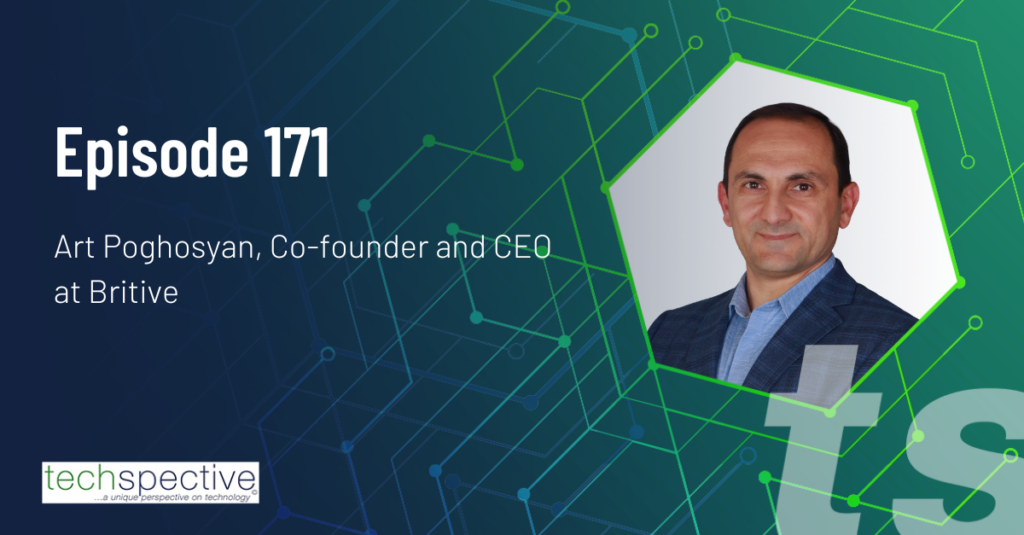Often people tend to put Intel’s competitors into the same class as Intel and, increasingly, that is a mistake. I was reminded of that this week when I toured Intel’s Israel Development Center (IDC) and FABs. It reminds me of touring Panasonic’s hardened factory and then touring what was represented as a comparable effort by Panasonic’s most powerful competitor. Panasonic’s capability was more comprehensive and not only larger and far better equipped, but it also made the competitor’s effort look like the difference between Mercedes-Benz building a car and some guy building a kit car in his garage. But Panasonic didn’t market that difference so the competitor, which was cheaper, more powerful and far better penetrated into the segment effectively outperformed Panasonic in a market where Panasonic should have been preeminent.
Intel has a similar problem in that most don’t understand just how different Intel is and, unlike Panasonic, IDC event this week (which has significant press and analyst attendance) was designed to reset perceptions so that investors and customers understand just how much more reliable Intel is, which is critical in this age of growing conflicts and logistics nightmares.
Let’s talk about both the power of perceptions and what is turning Intel into the more reliable choice when choosing a supplier.
Perceptions
One of the big problems with the tech industry is that it is run by engineers who, with very few exceptions, don’t get the power of marketing. Generally, the CEOs who have stood out in the industry understood the power of perception because they aren’t engineers, like Louis Gerstner at IBM and Steve Jobs at Apple. Gerstner is credited with saving the otherwise terminal IBM and Steve Jobs for turning the rapidly failing Apple into one of the biggest successes in technology.
Perception is our reality and if you can convince someone that something is true, even if it isn’t, you can accomplish amazing things. False perceptions, much like the example of Panasonic above where their competitor made the market believe that Panasonic had no strategic advantages, can become a company killer.
Intel is facing a similar problem. While it has impressively reclaimed some of the losses it took to companies like Qualcomm, most don’t get just how unique Intel is.
What makes Intel and IDC unique
Intel’s Israel Development Center is a unique property. Highly diverse, highly collaborative and able to resist some of the endemic problems like forced ranking that crippled the technology industry. You don’t find that at IDC, largely due to Israeli culture. IDC is a unique property in the segment.
In addition, Intel owns a lot of FABS and the logistics problems we have today are the result of one of the three legs of successful logistics being broken: manufacturing. It is hampered by another logistics problem that could get worse: transport. Existing Israeli, U.S. and planned future FABs address the manufacturing problem, and the U.S. and Israel FABs, as well as those located in the EU, offset the transport exposure effectively due to the Ukraine war (so far) and seem well positioned to address what could be a catastrophic problem if China attacks Taiwan which could cripple their competitors but, given Intel’s FABs, would have a far lower impact on Intel.
Were the Middle East to explode, transport from Israel could become a problem, but coming AI-based ocean and air borne autonomous transport could, even in that case, help mitigate the impact.
Wrapping up
Intel is uniquely structured to better address conflicts and weather-based logistics problems and their high level of FAB automation (the FAB in Israel is highly automated and the new FABs will be more so) should be better able to address future health-based issues like the pandemic we are currently dealing with.
Control over its own destiny puts Intel in a unique position that will be significantly and uniquely enhanced when the new FABs come online, and Intel will again become the favored vendor due to its superior supply reliability.
To suggest I was impressed with Intel’s IDC is an understatement. It wasn’t just the facility. The level of collaboration, diversity and inclusion that I saw was unprecedented across the technology segment.
- Intel’s Hiring of Wei-Jen Lo: A Strategic Homecoming, not a Trade Secret Heist - December 2, 2025
- The Unlikely Savior of the AI PC Ecosystem: Why the Lenovo IdeaCentre Mini x (Snapdragon) Matters - November 26, 2025
- The Trillion-Dollar Distraction: Why AMD’s IBM-Trained CEO and Quiet Execution Make It a More Valuable Long-Term Bet Than Overvalued NVIDIA - November 17, 2025



